Greater Scaups at Tommy Thompson Park

It always amazes me the different species of ducks that one can find right in your own backyard. Such was the case when Bob and I visited Tommy Thompson Park in Toronto where we came across numerous Greater Scaups.
Tommy Thompson Park on the Leslie Street Spit sits across the water from downtown Toronto,
and the wild, naturalized stretch of land is in total contrast to the concrete jungle of the urban centre. For 5.3 kilometres, the man-made peninsula reaches out into Lake Ontario and offers added protection for the Outer Harbour and eastern channel into Toronto’s Inner Harbour.
Along one section of the Outer Harbour East Headland, as the Spit is officially known, there is a patch of open water that persists throughout the long, cold winter. As a result, many species of ducks and other waterfowl, desperate for natural locations to feed, find their way to Tommy Thompson Park.
On this visit, Trumpeter Swans, Canada Geese, Redhead Ducks, Common Goldeneye, Red-breasted Mergansers and Mallard Ducks were mingling together with the Greater Scaups and making good use of the patch of open freshwater.
Greater Scaups are very similar to Lesser Scaups making differentiation difficult. When in breeding plumage, such as this male, the green iridescent sheen on the black head is diagnostic. Male Lesser Scaups have a purple sheen on their heads. Greater Scaup drakes are larger diving ducks with bigger, more rounded heads than the closely-related Lesser Scaups. These differences are not so easily detectable unless the two species are seen together, side by side.
With their black head, neck and breast, one might think these ducks rather plain, but the black vermiculation on the white back creates an interesting effect that makes the back look grey. The white flanks of the Greater Scaup contrast sharply with the thin, black, wavy lines on the back making these ducks quite striking.
The female Greater Scaup has rich, dark brown plumage on the head and neck, and the back is a softer shade of medium brown. In contrast, the flanks are a light brown, with the combination of colours complemented by a reddish-brown breast. Setting this duck apart is the large white patch at the base of its pale blue bill.
A Greater Scaup drake also has a blue-grey bill with a black tip although it is a brighter shade of blue than that of a hen’s. In North America, these ducks are also referred to as Bluebills. As Bob and I lingered on the lift bridge, much activity ensued. Between the Scaups and Redhead Ducks, the zebra mussels were being snapped up with great regularity. This duck in the foreground has one clasped in its bill.
Greater Scaups acquire their food by diving underwater, but they have a distinct advantage over other diving ducks. Owing to their weight and webbed feet, these ducks are capable of diving to a depth of 6 metres (20 ft) and remaining submerged for up to 60 seconds. Hence, Greater Scaups have access to sources of food that other ducks simply can’t reach.
Greater Scaups eat a variety of plant and animal matter, everything from snails and clams, frogs and insects to aquatic seeds, tubers, stems, and roots including pondweeds and sedges, to name a few. Food selection seems to vary according to the summer and winter location, which also coincides with breeding versus non-breeding status.
Greater Scaups breed on marshy, lowland tundra regions of Alaska, northern Canada, northern parts of Europe and Siberia. Freshwater lakes in boreal forest zones are also favoured by Greater Scaups because of islands that provide a welcoming habitat for raising their young.
For the most part, this species migrates to the coastlines of North America, Europe or Japan for the winter months. Following the extensive flight southward, Greater Scaups choose coastal bays and estuaries of the Atlantic and Pacific Oceans for their wintering grounds, but some are content to stop in the Great Lakes’ region and winter on open areas of water there.
Anyway you look at it, Bob and I were very happy to have the opportunity to observe these ducks before they head back north for the summer. We were in the right place at the right time.
Frame To Frame – Bob and Jean


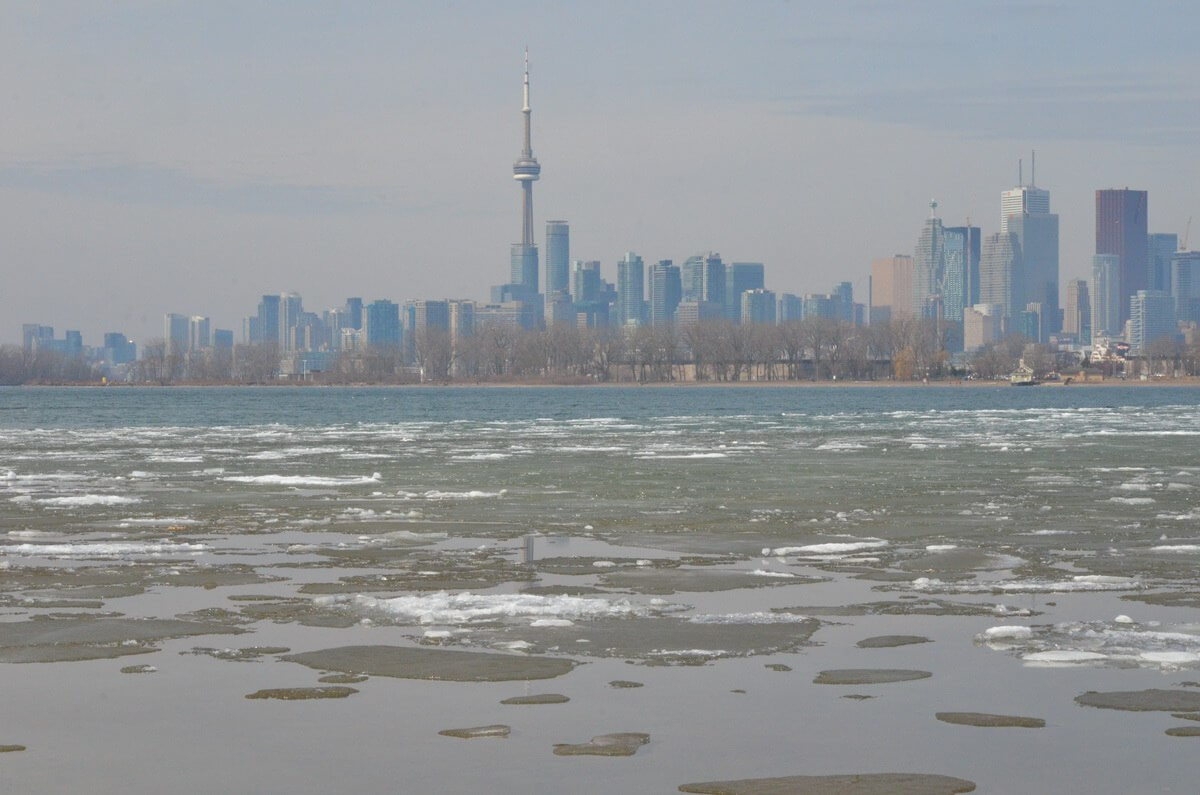

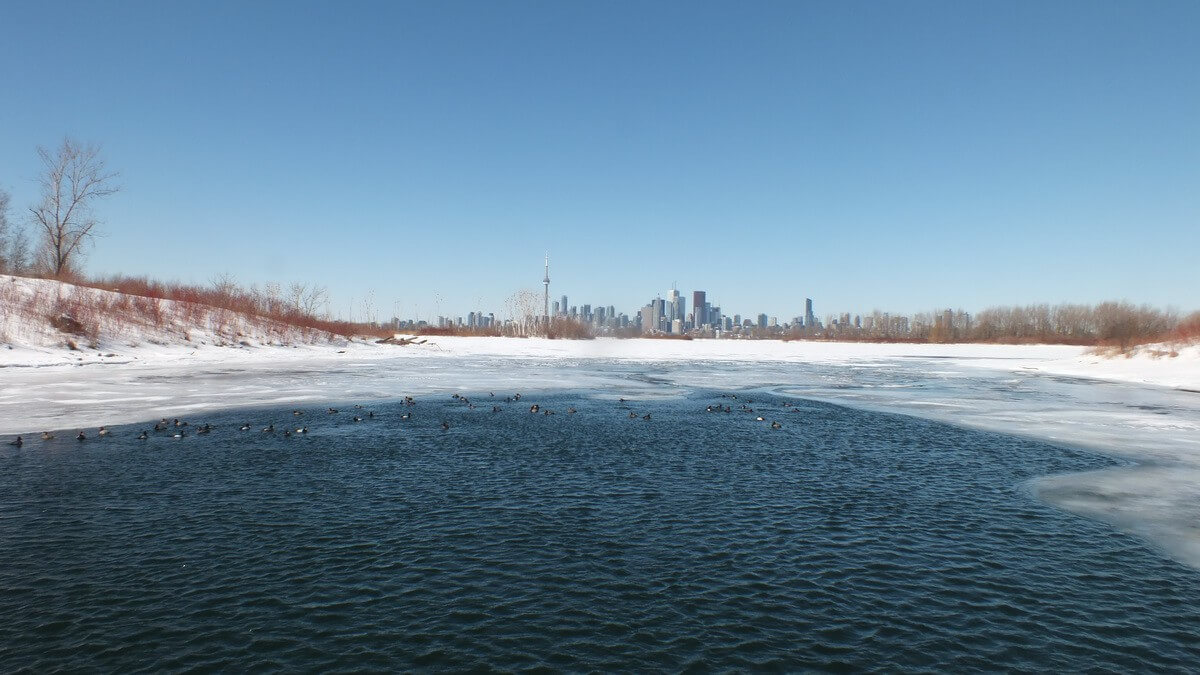

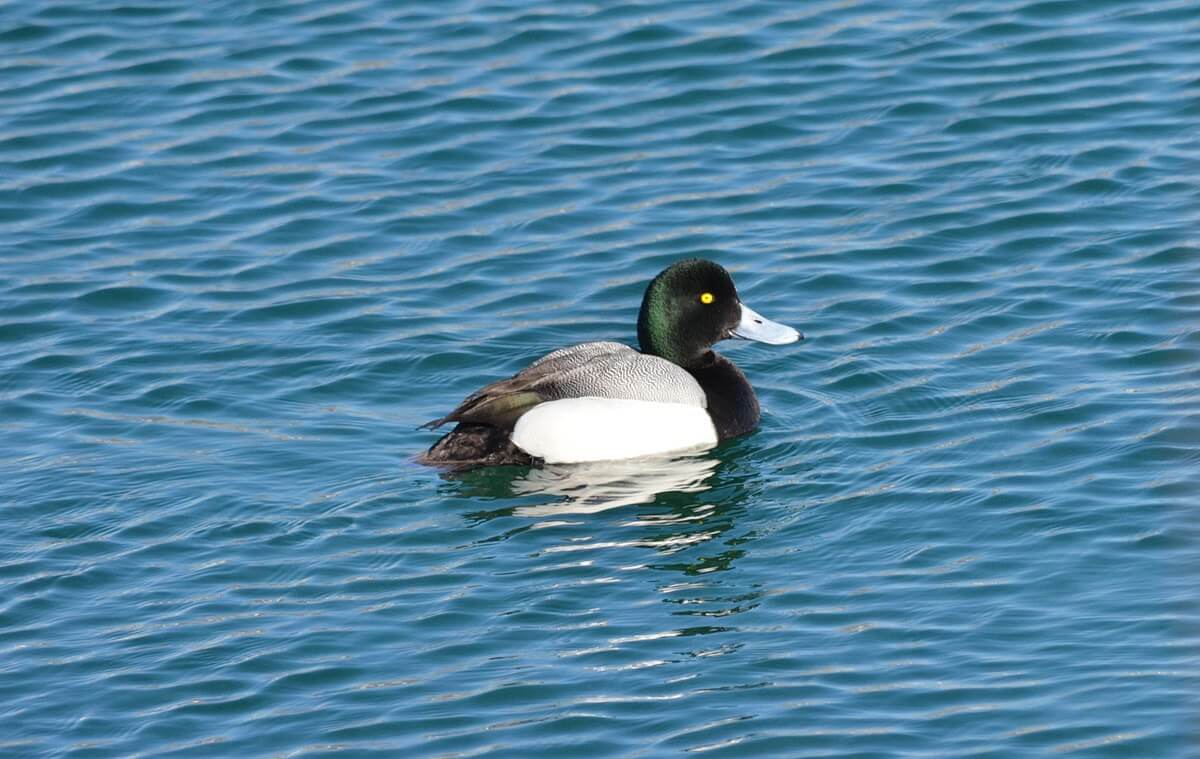
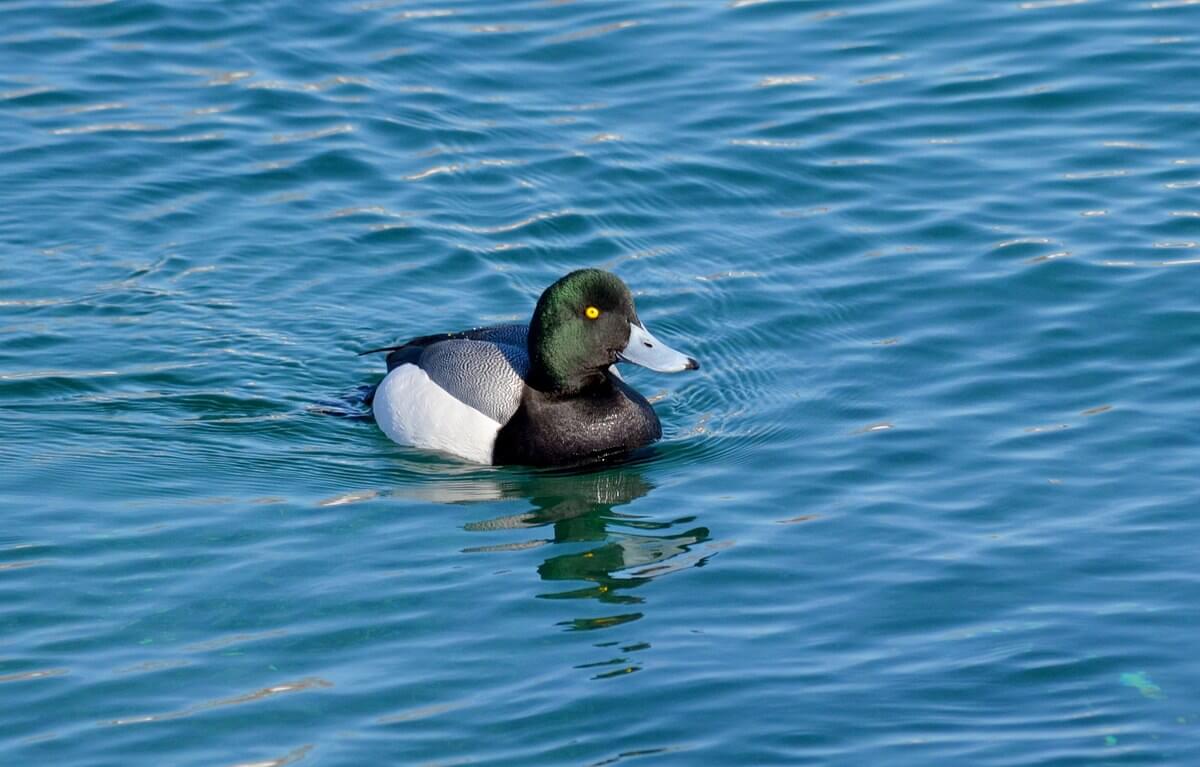
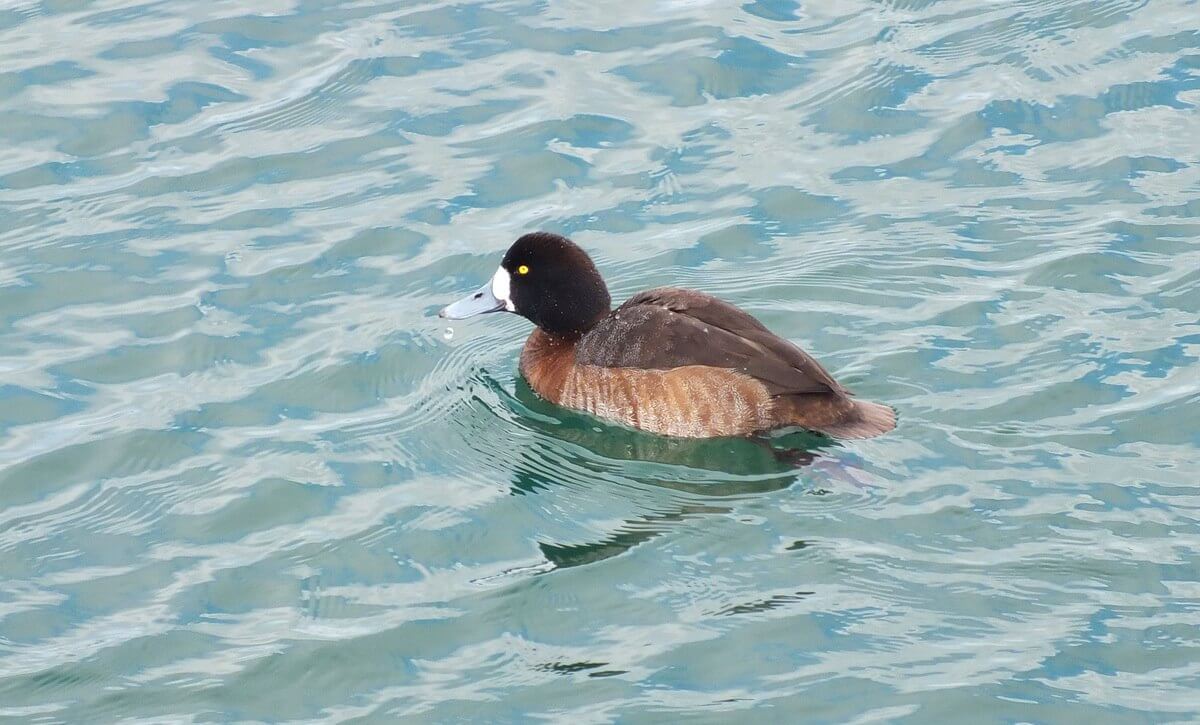



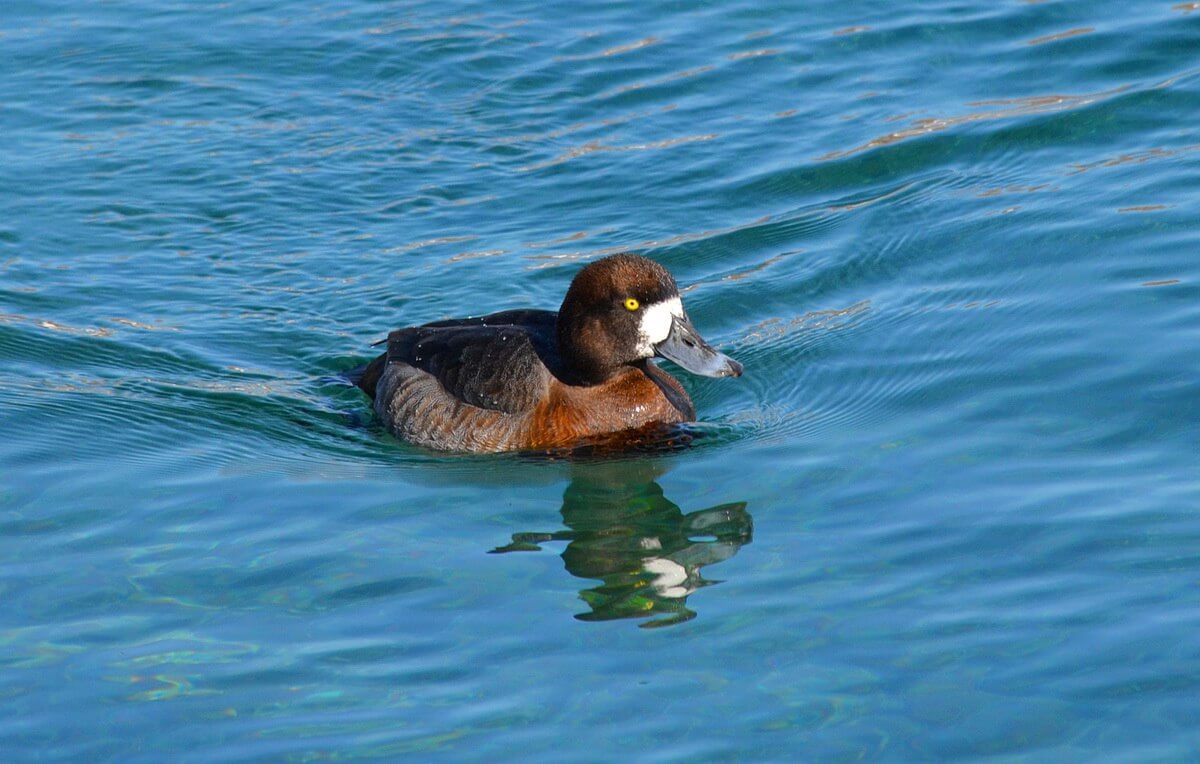
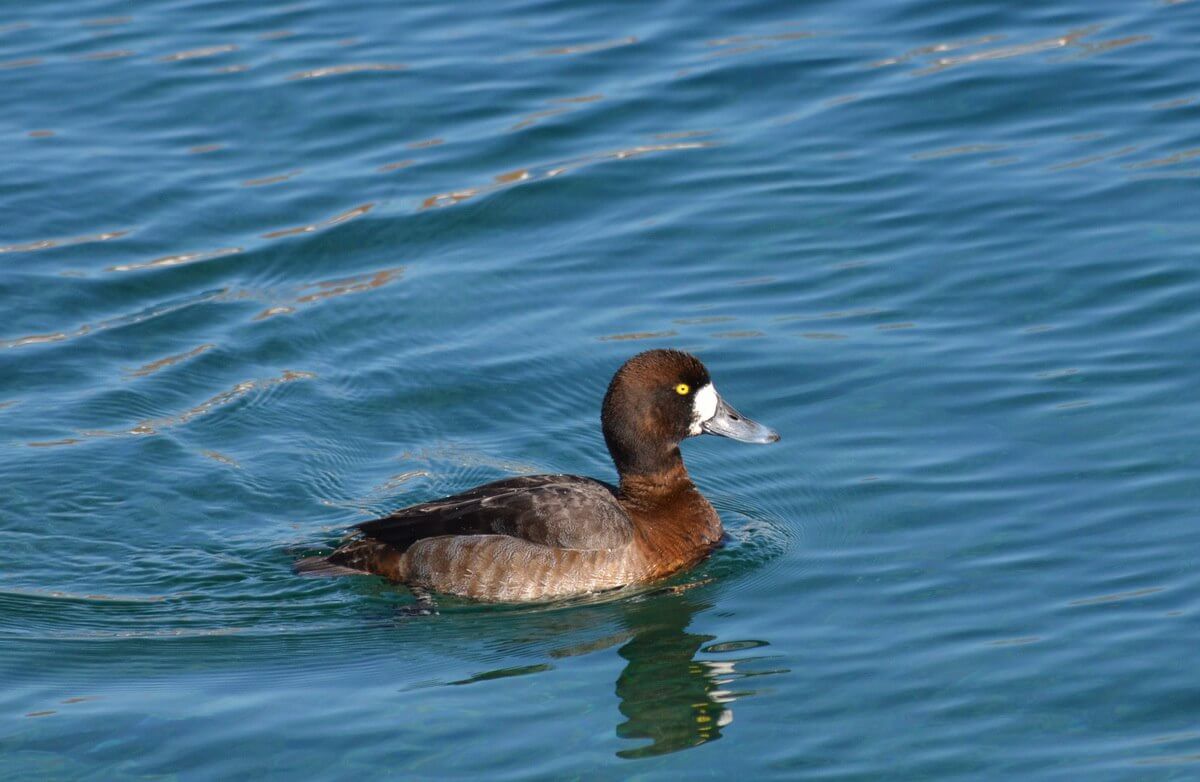
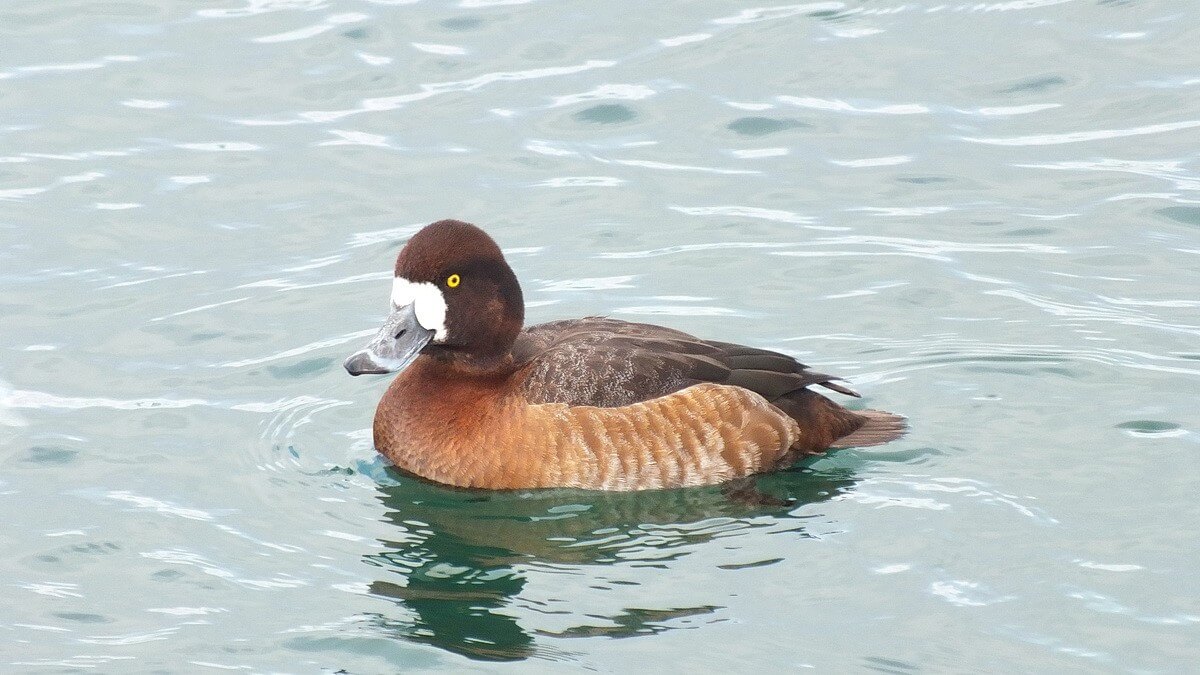
Hey, I’d love to know if you have any good photos of a greater scaup eating a crayfish? I know a crayfish researcher who is interested in knowing all of the birds that target them for food. Thanks!
Scott Freeman (Montana, US)
Thanks for your interest in our blog. We have many pictures of greater scaup but none of one eating a crayfish. Bob and Jean